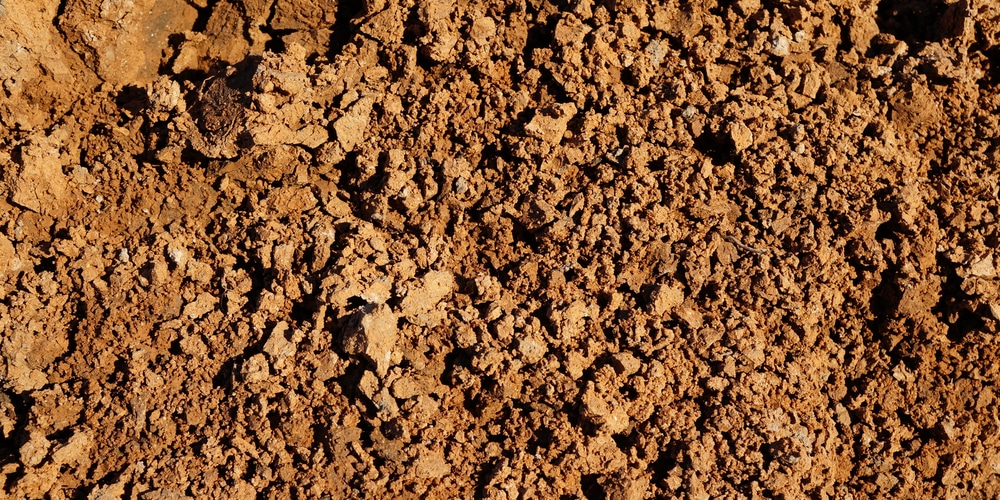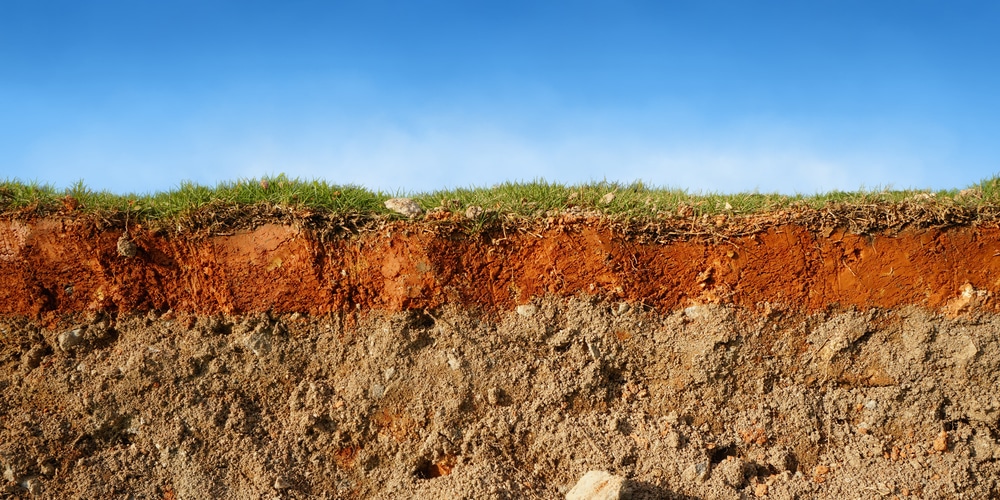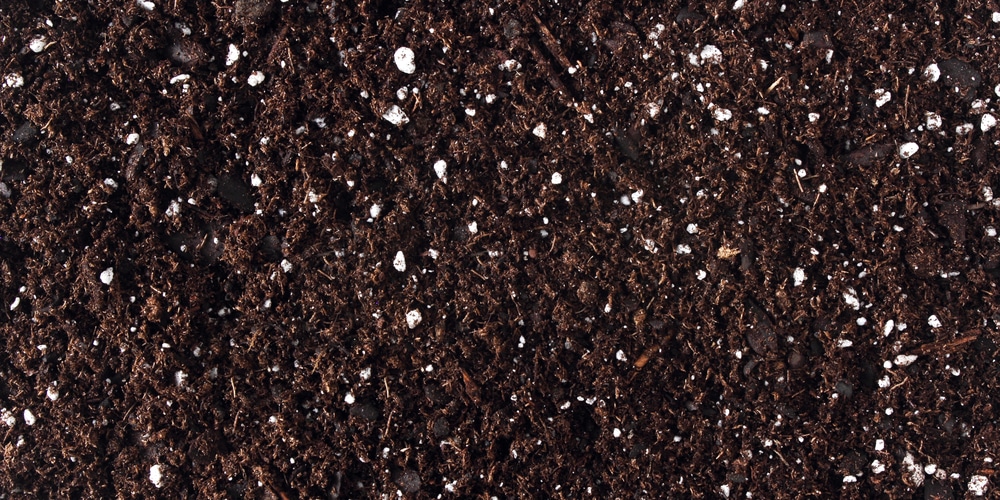Preparing the Soil
A successful spring garden starts with the condition of your soil.
By testing the pH and nutrients, amending the soil, and properly tilling and cultivating, you create a foundation for robust plants and bountiful harvests.
Testing Soil pH and Nutrients
Before adding anything to your garden, you need to test the soil to determine its current state.
The pH level, which tells you how acidic or alkaline your soil is, significantly affects plant growth.
You’re aiming for a pH between 6.0 and 7.0, the range in which most plants can access the soil’s nutrients.
Testing kits are available at garden centers, or you can send a sample to a local extension service for a more comprehensive analysis.
- pH Level: What you’re aiming for
- Acidic: below 6.0
- Neutral: 6.0–7.0
- Alkaline: above 7.0
Nutrient testing will show you levels of key elements like nitrogen (N), phosphorus (P), and potassium (K), often cited as a N-P-K ratio. Your garden might also need micronutrients, which are just as crucial for plant health.
Amending Soil
After testing, adjust your soil accordingly.
If your soil is too acidic, you can add lime to raise the pH. For alkaline soils, sulfur or peat moss can help to lower the pH.
Incorporating organic matter is usually beneficial for most soil types.
Compost, aged manure, or leaf mold increases nutrient content, improves drainage, and enhances soil structure and water retention.
- For Acidic Soil: Add lime
- For Alkaline Soil: Add sulfur or peat moss
- For All Soil Types: Add organic matter such as compost, aged manure, or leaf mold
Tilling and Cultivating
Once your soil is amended, it’s time for tilling and cultivating, which should be done when the soil is moist but not wet.
Turn over the top 8–12 inches of soil to integrate the amendments and aerate the soil.
If you’re working with heavy clay, consider adding a 2- to 4-inch layer of organic matter to improve the soil structure.
- Soil Moisture Check
- Too Dry: Soil crumbles and doesn’t hold shape.
- Just Right: Soil holds shape but isn’t soggy.
Tilling also helps to remove rocks and debris that might hinder plant growth. However, be cautious not to over-till, as this can lead to compacted soil and disrupt beneficial organisms and soil structure.
Planning and Planting
As an Illinois gardener, your spring garden’s success is hinged on strategic planning and diligent planting.
Make sure to choose plants suited to your local climate and soil conditions, establish your perennials for long-term growth, and start your seeds with care.
Choosing the Right Plants
When selecting plants, consider Illinois’s distinct seasons and the USDA growing zones, predominantly zones 5 and 6. Look for plants that thrive in your specific conditions.
For instance:
- Vegetables: Tomatoes, peppers, and cucumbers fare well in Illinois summers.
- Flowers: Hardy perennials like coneflowers and black-eyed Susans adapt well.
Reference local extension services for a list of plants tailored to Illinois’ climate.
Planting Perennials
Perennials are the backbone of your garden, returning year after year. Early spring is ideal for planting them:
- Bare root perennials should be planted as soon as the soil can be worked.
- Divide existing perennials to manage growth and spread them throughout your garden.
Dig holes twice as wide as the root ball and set the plant so that the top of the root ball is level with the soil surface. Water thoroughly after planting.
Sowing Seeds
Start seeds indoors or sow directly into the garden after the last frost, typically by mid-April in Illinois.
If sowing indoors:
- Use a sterile seed starting mix and proper containers.
- Provide plenty of light and warmth to encourage germination.
Gradually introduce indoor-started plants to outside conditions through a process called hardening off to reduce transplant shock.
Garden Maintenance
Proper garden maintenance is essential for a thriving garden in Illinois.
Focus on timely mulching, regular watering, and diligent weeding to ensure the health and beauty of your garden.
Mulching
Apply a layer of mulch around your plants to conserve soil moisture, regulate temperature, and reduce weed growth.
For optimal benefits, spread a 2-3 inch layer of organic mulch such as shredded leaves, straw, or wood chips.
Keep mulch a few inches away from plant stems to prevent rot.
Watering
Water your garden adequately and consistently.
Aim for about an inch of water per week, either from rainfall or supplemental watering.
Morning is the best time to water, reducing evaporation and giving plants time to dry out before nightfall.
Use a drip irrigation system or soaker hose for efficient watering that minimizes water waste and leaf wetness.
Weeding
Remove weeds regularly to prevent them from competing with your plants for nutrients and water.
Weeding is easiest when the soil is moist, as weeds come out more completely with their roots attached.
Cover bare spots with plants or mulch to limit weed emergence.
Pest and Disease Management
In the vibrancy of spring, your garden in Illinois can face various pests and diseases.
Timely identification and intervention is crucial for maintaining a thriving garden ecosystem.
Identifying Common Pests
In Illinois, early detection of garden pests is key. Watch for aphids on young shoots, Japanese beetles on foliage, and cutworms near the soil surface.
Common Pests include:
- Aphids: Cling to the underside of leaves, causing curling and distortion.
- Japanese Beetles: Skeletonize leaves, leaving only veins.
- Cutworms: Cut off young plants at the base during nighttime.
Using sticky traps and regular inspections can help you spot these invaders early.
Disease Prevention Strategies
Your success in preventing plant diseases hinges on proactivity. Implement Disease Prevention Strategies such as:
- Crop Rotation: Avoid planting the same family of vegetables in the same spot every year.
- Proper Spacing: Allows for good air circulation that reduces fungal spores’ chance of settling.
- Resistant Varieties: Choose plant types specifically bred for disease resistance.
Regularly cleaning tools and removing any plant debris will also limit disease spread.
Organic Pest Control
Manage pests without resorting to harsh chemicals through Organic Pest Control methods. Consider:
- Neem Oil: A natural pesticide that deters pests and is safe for beneficial insects when used correctly.
- Insecticidal Soaps: Target soft-bodied insects while being mild on plants and humans.
- Beneficial Insects: Such as ladybugs or lacewings, which consume aphids.
Harvesting and Preserving
Effective harvesting and preserving methods are crucial to fully enjoy the fruits of your spring gardening labor.
These approaches ensure the longevity and quality of your produce.
Harvesting Tips
To optimize the quality and longevity of your garden produce, harvest in the cool hours of the morning when plant sugar levels are highest.
For leafy greens or herbs, use sharp shears or knives to cut, maintaining the plant’s integrity for continued growth.
Vegetables like tomatoes and peppers should be picked when they’re ripe as indicated by their vibrant, uniform color and firm texture.
- Leafy Greens: Cut above the base, allowing for regrowth.
- Root Vegetables: Gently loosen soil around the base before pulling.
- Fruiting Vegetables: Wait for full color development before picking.
Storing Produce
After harvesting, proper storage is key to extend freshness.
Store leafy greens in perforated plastic bags within your refrigerator’s crisper to maintain humidity levels.
Most root vegetables store well in cool, dark areas like basements or cellars, preferably in breathable containers such as mesh bags.
Tomatoes are best kept at room temperature out of direct sunlight to preserve flavor.
- Use a Hygrometer to monitor humidity for sensitive produce.
- Apples and potatoes: Store separately to prevent flavor transfer.
- Herbs: Store fresh bunches in water, changing it every few days.
Preparing for Next Season
Preservation not only applies to produce but to your garden’s future health.
Enrich your soil after the final harvest by adding compost or planting cover crops that will break down and improve nutrient content.
Clean and sharpen your tools, and properly disassemble and store irrigation systems to prevent winter damage.
- Compost: Mix green and brown material for balanced decomposition.
- Cover Crops: Try oats or clover to enhance soil structure.
Frequently Asked Questions
As the spring season approaches, it’s crucial to stay informed on proper garden care and maintenance.
These FAQs cater specifically to your needs as an Illinois gardener gearing up for the season ahead.
What are essential spring maintenance tasks for Illinois gardens?
To maintain your Illinois garden, start by removing any weeds and garden debris to prevent pest and disease issues.
Clean and sharpen your garden tools to ensure they’re ready for use.
Early spring is also an ideal time to test your soil to determine if any amendments are necessary for plant health.
How should a garden in Illinois be prepped for planting in the spring season?
Preparation begins with clearing out winter debris and old mulch.
After soil testing, amend your soil as needed. Ensure proper drainage and till the soil to aerate it, which will encourage healthy root growth.
Wait until the threat of frost has passed before planting sensitive species.
Which perennials should be divided or transplanted in the spring in Illinois?
Divide or transplant perennials in your Illinois garden such as hostas, daylilies, and coneflowers.
Splitting these plants can improve their health and create additional plantings. It’s best done when the soil is workable but before these perennials fully leaf out.
What is the ideal time to fertilize gardens in Illinois during spring?
Fertilize your garden once the soil has thawed and can be worked.
Typically, a slow-release fertilizer applied in early spring will benefit your plants throughout the growing season, as it provides a steady supply of nutrients.
How can Illinois gardeners deal with spring pests and diseases?
Monitor your garden regularly and identify pests early.
Remove any affected parts of plants to prevent spread.
Employ natural predators like ladybugs for aphids, and consider environmentally friendly pesticides as a last resort.
Keeping your garden clean is also key to reducing disease prevalence.
What type of mulch is best for Illinois gardens in the springtime?
Organic mulches such as shredded bark, straw, or leaf mold are beneficial for Illinois gardens.
These mulches help retain soil moisture, regulate soil temperature, and add nutrients to the soil as they decompose.
Make sure to apply mulch after the soil has warmed up in late spring.


